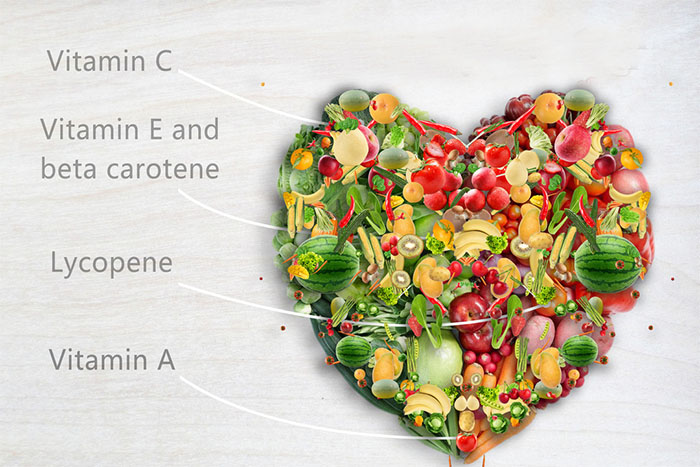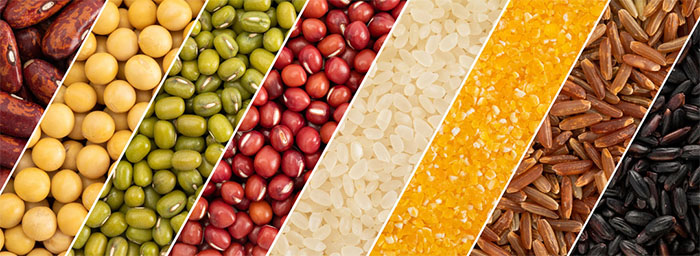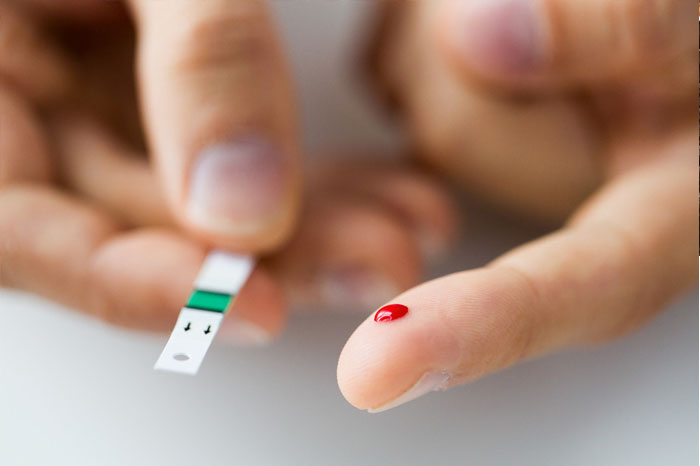- Login
- Cart{{shopingCartNum}}
- English

Under the advocacy of healthy eating, coarse grains have become a part of many people's daily diets. Although coarse grains are rich in nutrients, some types can lead to high blood sugar, which is very dangerous for diabetes patients. These five high glycemic index coarse grains should be avoided by diabetes patients!
Glutinous rice is a common coarse grain, but it has a very high glycemic index, which can lead to a rapid increase in blood sugar. The high starch content in glutinous rice makes it easily digestible and absorbed by the body, adding to the burden on blood sugar. Therefore, diabetes patients should avoid consuming glutinous rice and its products.
Yellow corn is a common coarse grain, rich in nutrients, but it also has a high glycemic index. The high sugar content in yellow corn can easily cause blood sugar to rise. Therefore, diabetes patients should try to reduce the consumption of yellow corn and its products.
Oatmeal is considered a healthy food, but it also has a high glycemic index. The high starch content in oatmeal makes it easily digestible and absorbed by the body, leading to an increase in blood sugar. Therefore, diabetes patients should reduce the consumption of oatmeal and its products.

Cornmeal is a common grain, but it also has a high glycemic index. The high starch content in cornmeal makes it easily digestible and absorbed by the body, adding to the burden on blood sugar. Therefore, diabetes patients should try to avoid consuming cornmeal and its products.
Job's tears are considered a healthy food, but they also have a high glycemic index. The high sugar content in Job's tears can easily cause blood sugar to rise. Therefore, diabetes patients should try to reduce the consumption of Job's tears and its products.

In summary, diabetes patients should carefully consider when choosing coarse grains. Apart from the above five coarse grains with high glycemic index, there are other coarse grains that also need to be consumed with caution, such as red beans, black rice, and brown rice. These coarse grains are rich in nutrients, but excessive consumption by diabetes patients can lead to high blood sugar, posing a risk to their health.
To control blood sugar, diabetes patients should follow a low glycemic index (GI) diet principle and choose foods with a lower glycemic index. For example, whole wheat bread, brown rice, buckwheat noodles, etc., these foods all have a lower glycemic index, which helps control blood sugar. In addition, diabetes patients should maintain a balanced diet, consume an appropriate amount of protein, fat, and other nutrients, and avoid consuming too many high-sugar and high-fat foods.
In general, diabetes patients should pay attention to their diet and avoid consuming high glycemic index coarse grains and their products. Choosing low GI foods helps control blood sugar, while maintaining a balanced diet is also very important. If diabetes patients need to adjust their diet, it is recommended to seek advice from a professional doctor or nutritionist to ensure that the diet is reasonable and safe.